The year was 1940. Milk cost 52 cents per gallon. A loaf of bread was 10 cents, and 15 gallons of gas would set you back $2.70. America watched anxiously as Germany steamrolled through Europe. And that fall and winter, fur trappers in the Show-Me State harvested 834,935 pelts — the highest fur harvest in Missouri’s records. This number eclipses the 2017–2018 harvest by more than 808,500 pelts.
What happened to cause such a decline?
It has nothing to do with population levels of Missouri’s furbearers. In fact, survey numbers and population estimates suggest our most common furbearers — raccoons, opossums, coyotes, striped skunks, beavers, and bobcats — have exhibited increasing or stable populations over the past 25 years. While many economic and sociological factors have reduced the harvest of these mammals over time, the good news for Missourians is that there is ample opportunity for hunting and trapping, with plenty of sound science and management to support these endeavors and still ensure healthy game populations.
If you’re looking for opportunities to get outdoors more and engage in an activity that will teach you about nature, ecology, and woodsmanship, then hunting and trapping furbearers may be for you.
Missouri’s Furbearer History
A key driver of European Americans’ early westward expansion into the Great Plains and Rocky Mountains was North America’s largest rodent — the beaver. By the mid-18th century, demand for beaver pelts to supply the European markets showed no signs of slowing down. The unique qualities of beaver fur made it an ideal material for conversion to felt, which was then shaped and molded into hats and other items of fashion. The western reaches of the Louisiana Territory had plenty of beaver, while eastern populations were becoming scarce. Native American tribes were happy to trade furs in exchange for manufactured goods, and it became apparent that the easiest means of transport for the tens of thousands of pelts they sold were America’s two largest rivers — the Missouri and Mississippi. Frenchmen Pierre Laclede and Auguste Chouteau recognized the importance of a trade center near the junction of these rivers, and in 1764 a settlement and trading post was organized and named St. Louis. Over the course of the next century, St. Louis would establish itself as a hub of the fur trade.
But during that same period, in an era with no regulations to govern harvest, beaver populations plummeted. Likewise, other species such as elk, white-tailed deer, wild turkey, and Canada geese experienced significant population declines due to unregulated hunting. Predators, such as the gray wolf and black bear that were once common throughout much of Missouri, were extirpated from most counties in the state by citizens eager to protect livestock.
By the early 1900s, many citizens had become concerned with the declining populations of many wildlife species, prompting the establishment of fish and game agencies across the nation and wildlife management as a science and practice. In Missouri, voters approved the formation of a state Conservation Commission in 1936. Furbearing mammals were an important resource for many citizens, and through a program of research and harvest regulation, many species that had undergone population declines began to rebound. In fact, there is not a species of game in North America that has gone extinct under modern science-based management, and many are more common now than at any time in the past 100 years. Most of the game animals hunted and trapped today have made remarkable population recoveries under the protections afforded by game laws.
Furbearers Today: What to Expect
There are several reasons to consider hunting or trapping predators and other furbearers. Most of Missouri’s furbearers are abundant and widespread. Some, like the red fox and gray fox, have declining populations, but that is due more to the territorial nature of coyotes and their intolerance of other canids than anything caused by regulated harvest. Many others, like raccoons, opossums, and beaver, exhibit a growth trend over the past 30 years, according to sign station surveys and the Archer’s Index, two methods used by MDC to independently track statewide furbearer populations.
Burgeoning populations of many popular species makes trapping fun, especially for novice hunters and trappers. For predators, their robust populations often create opportunity for hunting and trapping on private lands where pursuit of other game, such as deer and turkey, may be more restricted or not permitted at all. Many landowners see removal of species such as coyotes, raccoons, and beavers as a service and are often willing and even happy to grant permission to pursue them.
Many hunters and trappers appreciate the long season framework for several popular species. Muskrats and otters can be trapped into late February, and beaver trapping season extends through the end of March. Coyotes can be hunted at any time during the winter months, with a few special regulations during deer season. For many outdoorsmen and women, the chance to match wits with these species at a time when other seasons are closed is especially appealing.
Dispelling Myths
Karl Householder has been a trapper for more than 30 years. During that time, he’s amassed a tremendous volume of knowledge about predators and furbearers — their behavior, how they interact, where they travel, and how they approach scents and lures. Karl invited me along to check his traps last season, so I jumped at the chance to observe a seasoned veteran. With so much skill and knowledge, I expected to have a catch in most, if not all, of the traps he’d set out the day before. So, I was surprised when our total take for the day was just three opossums. This is not an unusual situation, and it serves to highlight that hunting and trapping animals that are inherently wary and cagey is not easy, nor is it a sure thing. But like so many lessons in life, the measure of the reward is often judged against a standard that takes into account the degree of effort required to do the task right.
A beginner who thinks they’ll just toss out a few traps here and there and then just check them when it’s convenient is bound to be disappointed. Successful trapping requires study, discipline, and plenty of effort, and maybe a bit of good luck. Ethics, as well as Missouri law, requires that most traps be checked daily, and that still holds true whether it’s raining, snowing, or freezing. Many trappers arise well before sunrise to run their line before work or school. And the hard work doesn’t stop with checking traps. There’s also the business of properly caring for the animals captured — skinning, fleshing, thinning, stretching, and drying hides to ensure they’re in top shape for the fur sale. But to those who live it and love it, the hard work is just part of the process, and were it easy, it would surely be less gratifying.
Methods and Techniques
If you think hunting and trapping furbearers is something you would like to try, it’s important to understand the different styles of traps and methods used. Many folks are familiar with the concept of foothold traps, but many fallacies and misconceptions surround their use and function. While Hollywood and cartoons have perpetuated the mental image of traps with razor sharp serrated jaws, in reality, modern traps are designed to prevent damage to fur and minimize discomfort to the catch. Features such as padded and laminated jaws are commonly used by many trappers, and animals can often be released if desired.
Another style of trap commonly used is the bodygrip trap. In Missouri, bodygrip traps must be set underwater or, with some sizes, 6 feet or more above ground. They are often triggered as the target swims through them. Due to the necessity of water-only sets, bodygrips are used for species such as beaver, otter, muskrat, and mink.
In addition to trapping, many predator hunters enjoy the challenge of calling and using visual lures to attract the attention of nearby species, such as coyotes and bobcats. Hunters engaged in calling may use mouth calls to attract their quarry, or electronic calls operated by remote control can be employed to focus the predator’s attention away from the hunter and offer a shot opportunity.
Bringing It Home
In early January 2020, I joined J.D. Crews and his sons, Griff and Grady, on an evening predator hunt in Vernon County. With daylight fading fast, J.D. instructed us to tuck into the brush along a ditch while he placed the electronic caller out in the grassy hayfield in front of us. He punched the buttons on his remote control, and the sound of a rabbit in distress emanated from the speakers. After changing the call sequence a few times, I caught movement in my peripheral vision and glanced over to see a large coyote trotting in straight at the caller, just 15 yards out. Seconds later, a shot rang out as Grady made a great shot with his .223 predator gun.
The beauty of a western Missouri winter sunset was eclipsed only by the smiles and high fives of a dad and his boys sharing a memory they’ll never forget and the visions of a big coyote slung over a shoulder on the way back to the truck. Later that night, back at their home, the boys would get instruction on how to properly skin the coyote and prepare the pelt for sale in a way that would maximize its value. In addition to invaluable time spent afield, these boys were learning the value of hard work and the importance of doing a job right.
Whatever your motivations, furbearer hunting and trapping offers plenty of solitude, abundant opportunity, and a great deal of satisfaction. So, whether you’re looking for a way to build a skillset, interact with nature, enjoy more time afield, or connect with the past, give some consideration to hunting and trapping furbearers. You’ll come away with great memories, new friends, and maybe even some prime furs.
How to Get Started
• Hunter Education: Hunter education is required to purchase a firearms hunting permit in Missouri. For more information, visit short.mdc.mo.gov/Z4q.
• Trapping: To learn more about trapping, including how to get started and clinics in your area, visit short.mdc.mo.gov/ZpG.
• Missouri Trappers Association: Since its creation in 1958, the Missouri Trappers Association (MTA) has been dedicated to the preservation of the heritage and skills of trapping as well as the conservation and utilization of all natural resources of our state and our nation. For more information, visit missouritrappers.com.
• Permits and Seasons: For a complete list of trapping seasons, permits required, limits, and more, consult A Summary of Missouri Hunting and Trapping Regulations at short.mdc.mo.gov/ZhQ.

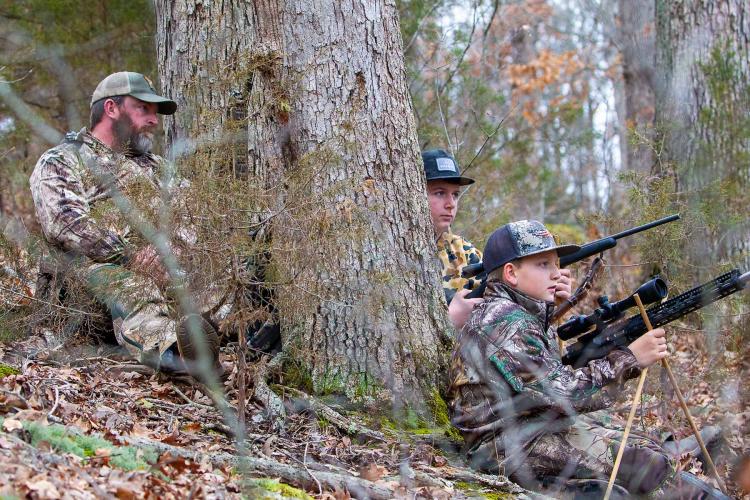
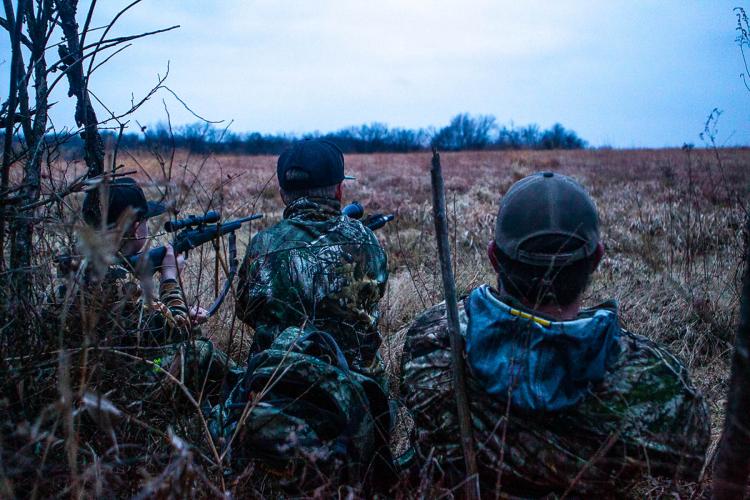



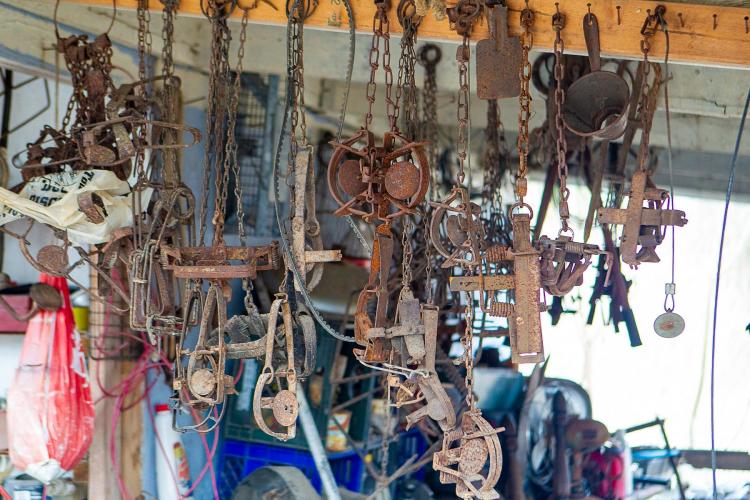


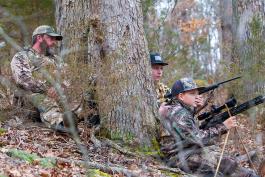



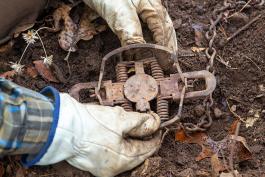


Also In This Issue
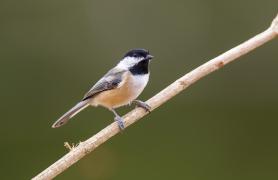

And More...
This Issue's Staff
Editor - Angie Daly Morfeld
Associate Editor - Larry Archer
Staff Writer - Bonnie Chasteen
Staff Writer - Kristie Hilgedick
Staff Writer - Joe Jerek
Art Director - Cliff White
Designer - Shawn Carey
Designer - Marci Porter
Photographer - Noppadol Paothong
Photographer - David Stonner
Circulation - Laura Scheuler






















